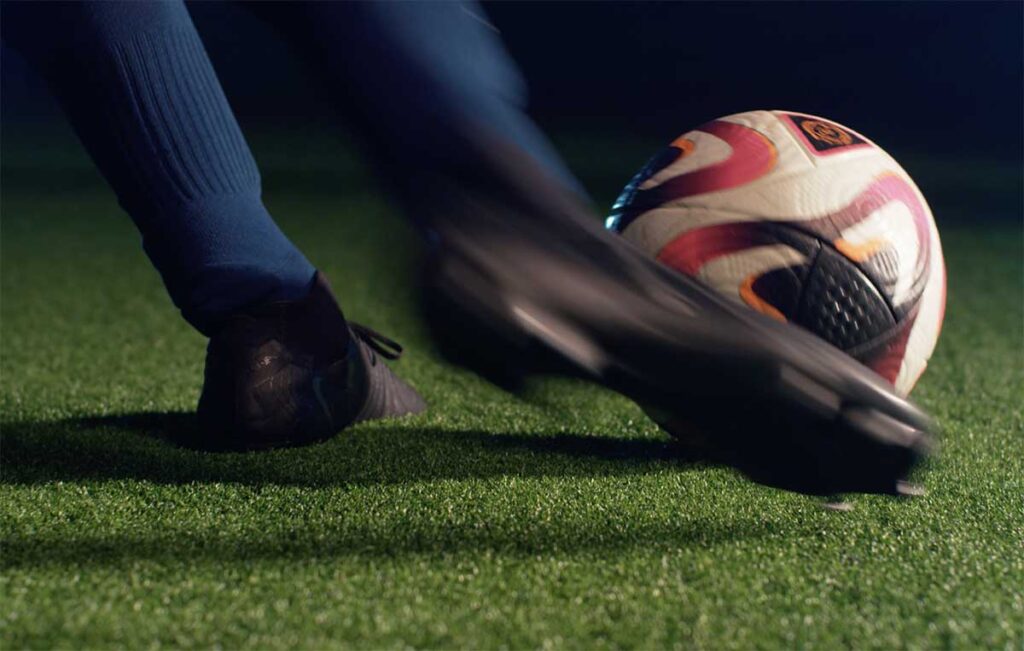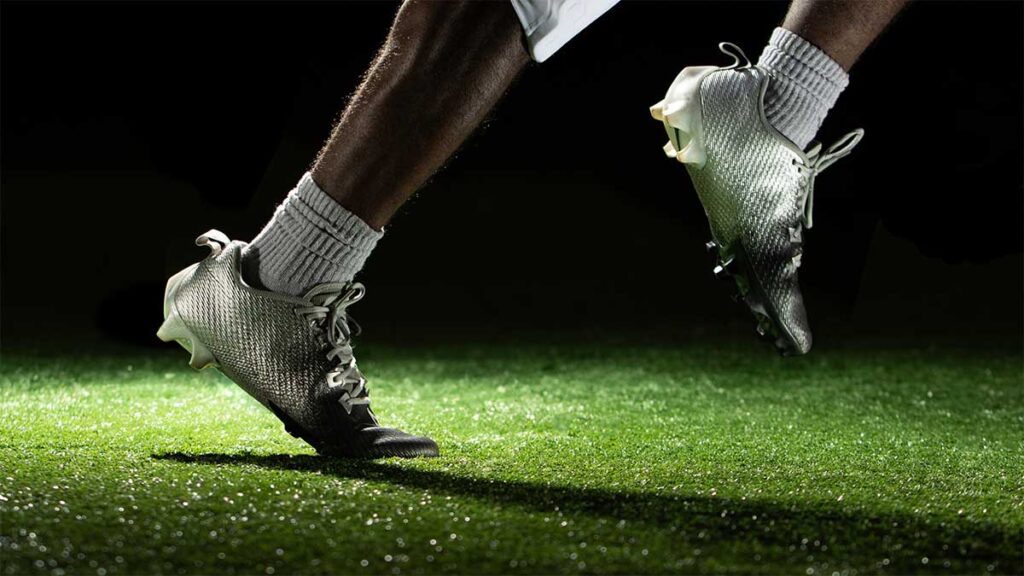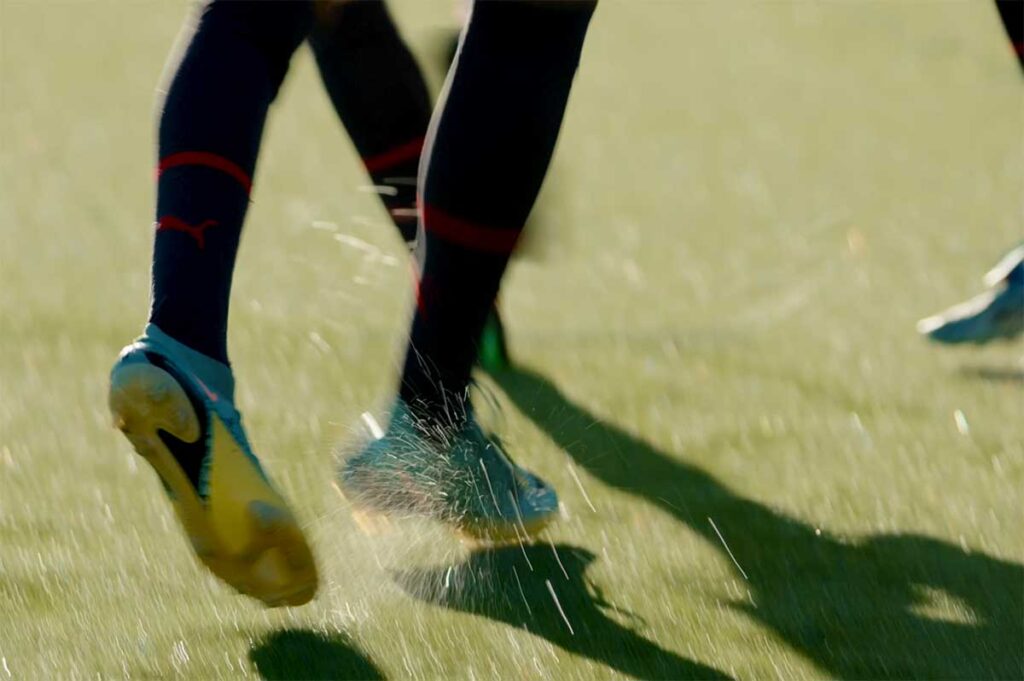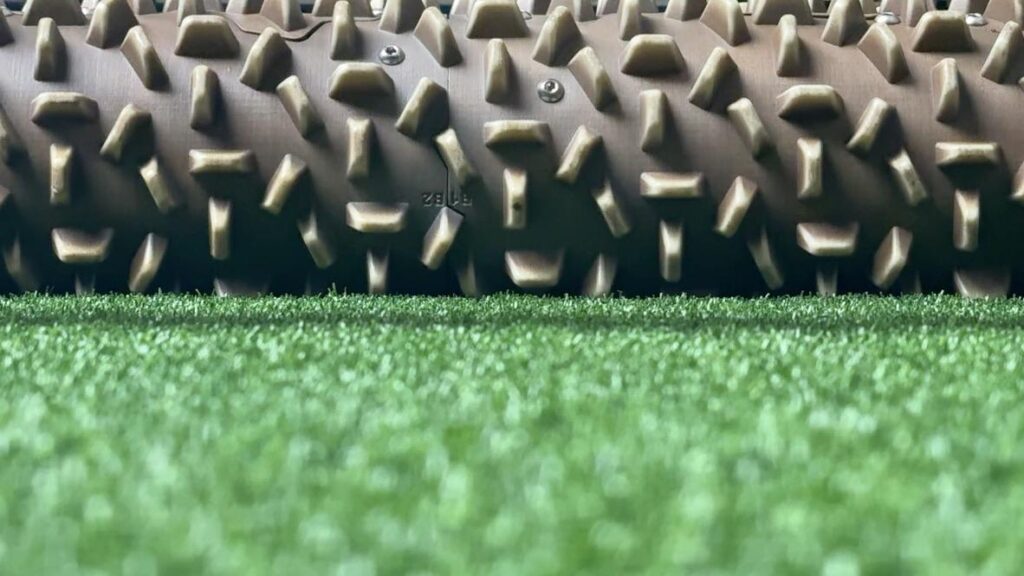A child drops from the top rung of a climbing frame. A footballer is driven hard into the turf or grass in a last-ditch tackle. In both moments safety, injury, and risk are decided by the surface below. We engineer those surfaces and extensively test our products so the story ends with a quick smile, not lasting harm.
📊 The Science
Critical Fall Height (CFH) – The highest point a person can fall without the surface pushing HIC above its safety limit (HIC ≤ 1 000 is widely accepted as the line where the risk of serious brain injury rises sharply. Note, other values can be used especially for children).
Head Injury Criterion (HIC) – Blends two dangers into one value: the maximum g-force on the skull and the duration (in milliseconds) that force lasts. Developed from research by Wayne State crash-sled research in the 1950s, formalised by Paul Versace in 1971, and now embedded in global standards for playgrounds, grass, turf, and other surfaces. Additionally used in other sectors such as automotive safety and PPE.
In simple terms the CFH needs to be lower than the expected fall heights and forces the person will experience on the surface for a given HIC (typically 1,000)
Trust comes from six decades of data proving that both a huge spike and a longer pulse can do damage.
🌦️ From Design Drawing to Real-World Duty
Great lab numbers mean little if the surface changes tomorrow in the real-world.
- Summer heat or drought can bake natural grass until soil feels like concrete.
- Winter frost can turn sand infill of turf; or soil from grass into a rigid block of ice.
- High traffic (usage) can drive loose infill sideways, removing all protection for the user.
- Lack of maintenance results in compaction and increases risk.
Our systems are design to mitigate these factor meaning they stay above the required CFH’s through sun, drought, frost, use, or even a lack of maintenance retaining their CFH in the correct range.
🔧 Why we do it
When parents watch a playground fall or coaches review a crunching tackle, they should think about courage and creativity, not injury statistics. That confidence starts with a surface designed for the application, tuned for local weather, and tested for the worst case.
We design, manufacture and build that surface (all parts and layers including the sub-base) through extensive testing, validation and local knowledge.
📌 P.S. Don’t mix your metrics
G-max and shock-absorbency tests tell useful but different stories, and neither replaces HIC/CFH and should not be used as a replacement or correlation. More on that in a future post.




